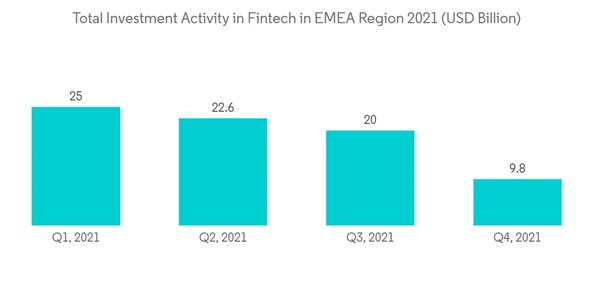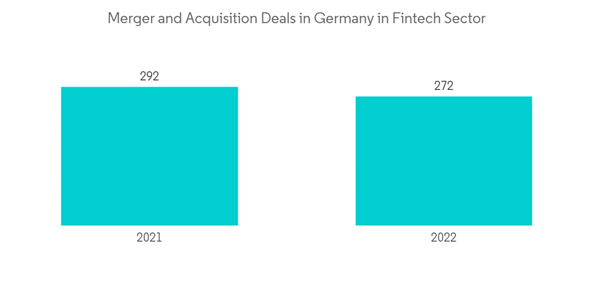Fintech adoption rates are growing around the world. According to EY, 64 percent of global consumers use Fintech, with a rate as high as 87 percent in China and India. Fintech adoption in Germany almost doubled during 2017-18, with German use now at the same level as the global average. German banking licenses are strictly regulated by the Federal Financial Supervisory Authority, Bafin. Fintech founders have reported difficulties while applying for a banking license and navigating the stringent regulations to enter the marketplace.
The COVID-19 pandemic and the corresponding health measures changed customer behavior immensely. As people sought to make less physical contact, the demand for contactless paying services grew strongly in 2020. According to Germany Trade and Invest, 43% of Germans changed their payment method to cashless options to avoid human contact. Even small retail shops that in the past only accepted cash switched to contactless payments for hygiene reasons. However, only 8% of German consumers preferred mobile payment options to classic card payments.
Nevertheless, in 2020, because of a struggling economy due to the impact of Covid-19, investment in Fintech's worldwide went down. According to a KPMG report on global Fintech, the total investment from private equity, M&A, and venture capital, was around USD 150 billion in 2019, whereas in 2020, only USD 26 billion were invested globally. As the international economy is recovering, investments are expected to rise back to the level of 2019.
The innovative technologies and disruptive business models are removing market entry and expansion barriers, with German Fintech looking to expand beyond Germany and international Fintech also entering the German market. Almost three-quarters of foreign Fintechs are active in the Banking and Lending, Payments, and Enabling Processes & Technology segments.
Germany Fintech Market Trends
Increase in Investments in Fintech Sector is Fueling the Market
Germany’s banking sector secured the most Fintech investment in 2021. Total Fintech investment in the EMEA region grew to a record USD 77 billion in 2021, driven partly by significant M&A activity. For instance, Germany’s N26 raised USD 470 million from two separate deals, and U.K. neo banks Monzo and Starling Bank raised USD 144 million and USD 211 million, respectively, the latter from two separate transactions. The German Fintech is second-ranked in Europe for investment which raised EUR 2.1 Billion. This investment will help the Fintech sector grow and tap into a more potential market.Merger and Acquisition Activity and Startups are Driving the Market
Germany is one of the leading European countries for Fintech. Startups are the driver for innovation in the sectors such as Fintech. In September 2021, more than 190 startups were targeting finance and Fintech. German FinTech funding is projected to reach USD 4.2 billion in 2022. In 2021 investment peaked at USD 6.4 billion. Deal activity in Germany is recorded as 272 deals in total for 2022. These activities are expected to boost the growth of the Fintech sector in Germany and further strengthen the roots in the market.Germany Fintech Industry Overview
Companies across the world have considerable investments in this segment of the market. In Germany, the Fintech market has many companies fragmented over minor shares. Adopting the Fintech platform and up-gradation to new Technology leads to increasing competition amongst the company. Innovation and technological advancement are taking pace as COVID-19 and urbanization strike general people to adopt the new ease of payment and contactless payment gateways. The key players in the market include AirBank, Hawk: AI, Finleap Connect, Raisin DS, and N26.Additional Benefits:
- The market estimate (ME) sheet in Excel format
- 3 months of analyst support
This product will be delivered within 2 business days.
Table of Contents
Companies Mentioned (Partial List)
A selection of companies mentioned in this report includes, but is not limited to:
- AirBank
- Hawk:AI
- Finleap Connect
- OneFor
- Raisin DS
- N26
- Wefox Group
- NeuFund
- Mambu
- HoneyBook
- Trade Republic
Methodology

LOADING...










